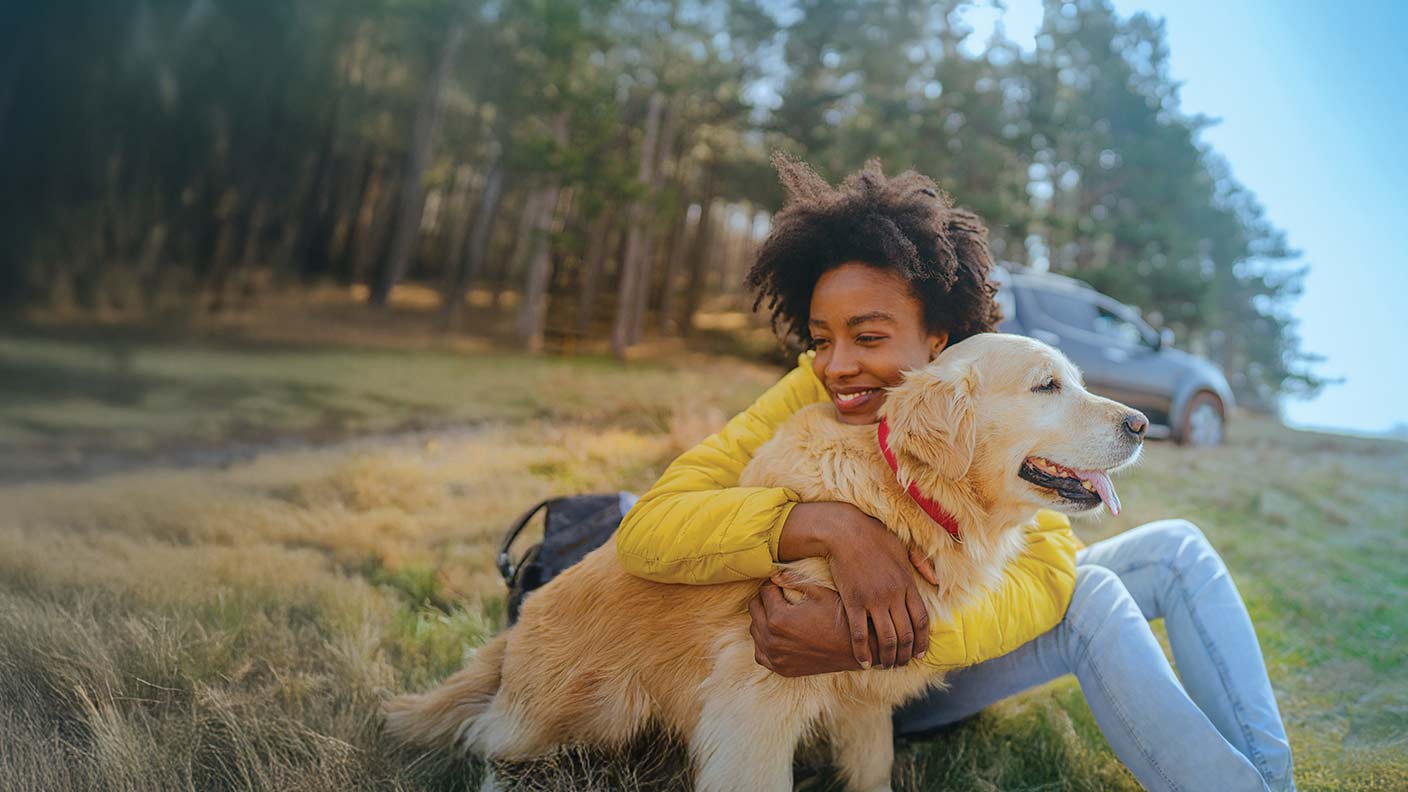What is the raw dog food diet?
The key principle of a raw dog food diet is feeding your pet a diet of uncooked, or raw food. A common misconception is that a raw dog food diet consists of only uncooked meat. Instead, most advise including fruit, vegetables, grains and uncooked bones and organs in the mix too.
While some may prioritise meat, bones and organs, some people choose to feed their dog a raw diet comprised wholly of vegetables and fruit. Others provide a diet based on a ‘prey model’, serving whole animals, such as rabbits or game pigeons, as though the dog has caught it themselves.
A lot of people in favour of a raw dog food diet think it is more ‘natural’ as the ancestors of dogs would have eaten raw food as opposed to manufactured dog food.
But, it’s important to recognise that dogs have changed since domestication. Now raw food may pose a greater risk to your pet – and there are few studies that show raw food is better than traditional dog food.
While the diet may have recently stepped into the cultural spotlight, working animals such as sled dogs have been fed raw meat for years.
What are the benefits of a raw dog food diet?
Those who promote the raw dog food diet claim that there are plenty of benefits, including:
- healthier and cleaner teeth
- brighter coats
- improved skin
A raw food diet means your dog should be eating fewer additives, bulking agents and sugar compared to what is included in manufactured dog foods. So if your dog has a sensitive stomach, they may find natural food easier to digest. Likewise, your dog’s bowel movements may appear healthier, and they may be less gassy.
It’s also easy to cater a raw diet to allergies and fussy eaters as you will know exactly what your dog is eating. This way it can make it easier to track what food works for them and what doesn’t.
Are there risks to the raw dog food diet?
Unfortunately there are risks to the raw dog food diet, especially if you’re preparing the food in your home. Like humans, dogs need nutritional balance, and it can be easy to miss some of these without the help of a nutritionist.
Raw meat can contain bacteria, pathogens and even parasites which can lead to nasty bugs and illnesses. Typically, they would be killed in the cooking process but serving meat raw means that this doesn’t happen. It isn’t just your dog that’s at risk either, handling raw meat increases the odds of cross-contamination for everyone in your household.
Cooked or uncooked bones can cause a variety of issues. They can become lodged in your dog’s stomach and block it, and splintered bones can cause serious internal damage. Chewing bones can lead to fractured teeth, and the high calcium content in bones can lead to stomach pain and constipation.
Can dogs eat raw meat?
Anyone who’s left raw meat around a dog will happily tell you that yes, dogs can and will eat raw meat. However, the question of whether they should eat it is a little more complicated.
Raw meat can be harder for dogs to digest, and a diet that consists of purely raw meat will probably not contain all the nutrients your dog requires.
While there are plenty of positives, there are limited scientific studies to back the diet. For the best guidance on what to feed your dog, and whether a raw meat diet would be suitable, speak to your vet.
Frequently asked questions
Why are vets against raw diet?
Not all vets are against the raw diet, in fact, some support it. However, the general consensus is that dogs have complex nutritional needs and raw diets can miss vital nutrients. There are also limited scientific studies about the diet and the benefits often rely on marketing and anecdotal evidence.
Can you mix raw and kibble?
Yes, if you’re planning to introduce your dog to the raw food diet, mixing their kibble, or manufactured dog food, with raw meat can be a great starting point.
Do dogs grow bigger on a raw diet?
There are limited studies on how a raw diet affects a dog’s size. Advocates will tell you that yes dogs grow bigger with a raw diet, but vets warn a raw diet can lead to malnutrition, especially in young dogs. If you have a working dog they may need additional food in the colder months, and a raw diet may help your pooch to pack on some insulating pounds.
Dog insurance from Sainsbury’s Bank can help you to prepare for the unexpected, and make sure your furry friend is covered for any unexpected vet treatments. Take a look at our pet insurance range, provided by Pinnacle Insurance plc, to find cover that suits you and your four-legged friend.
